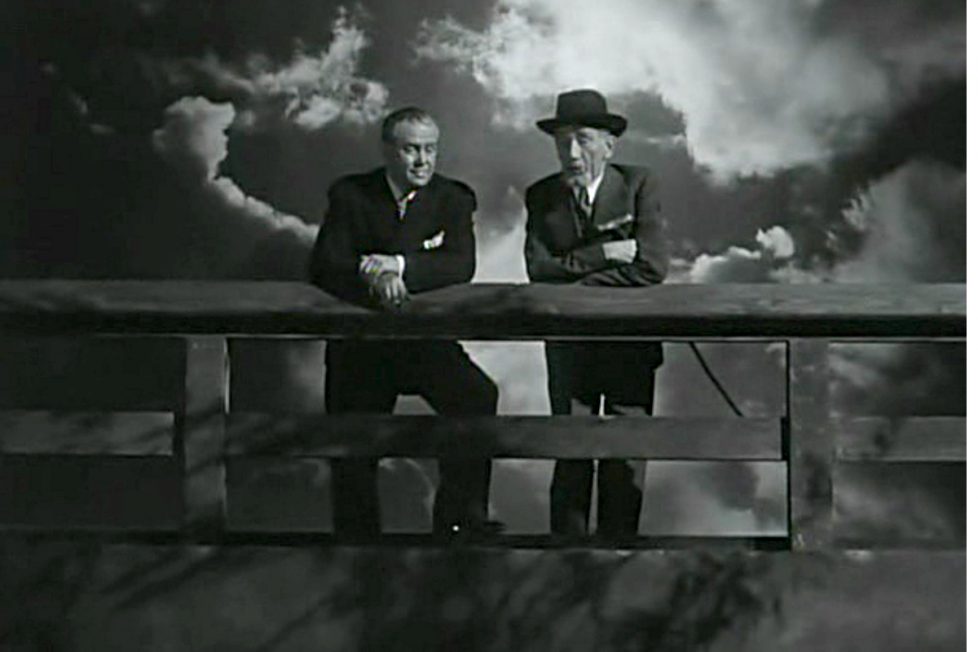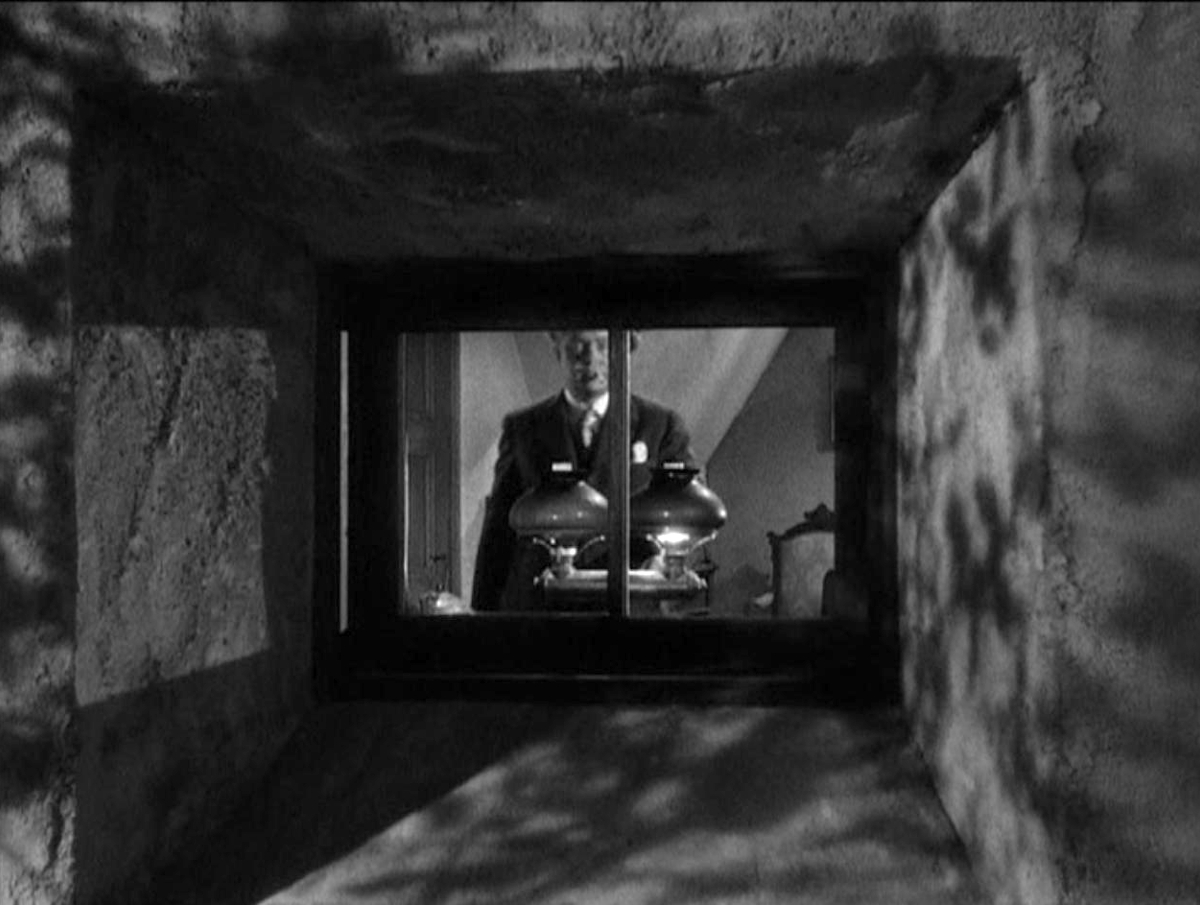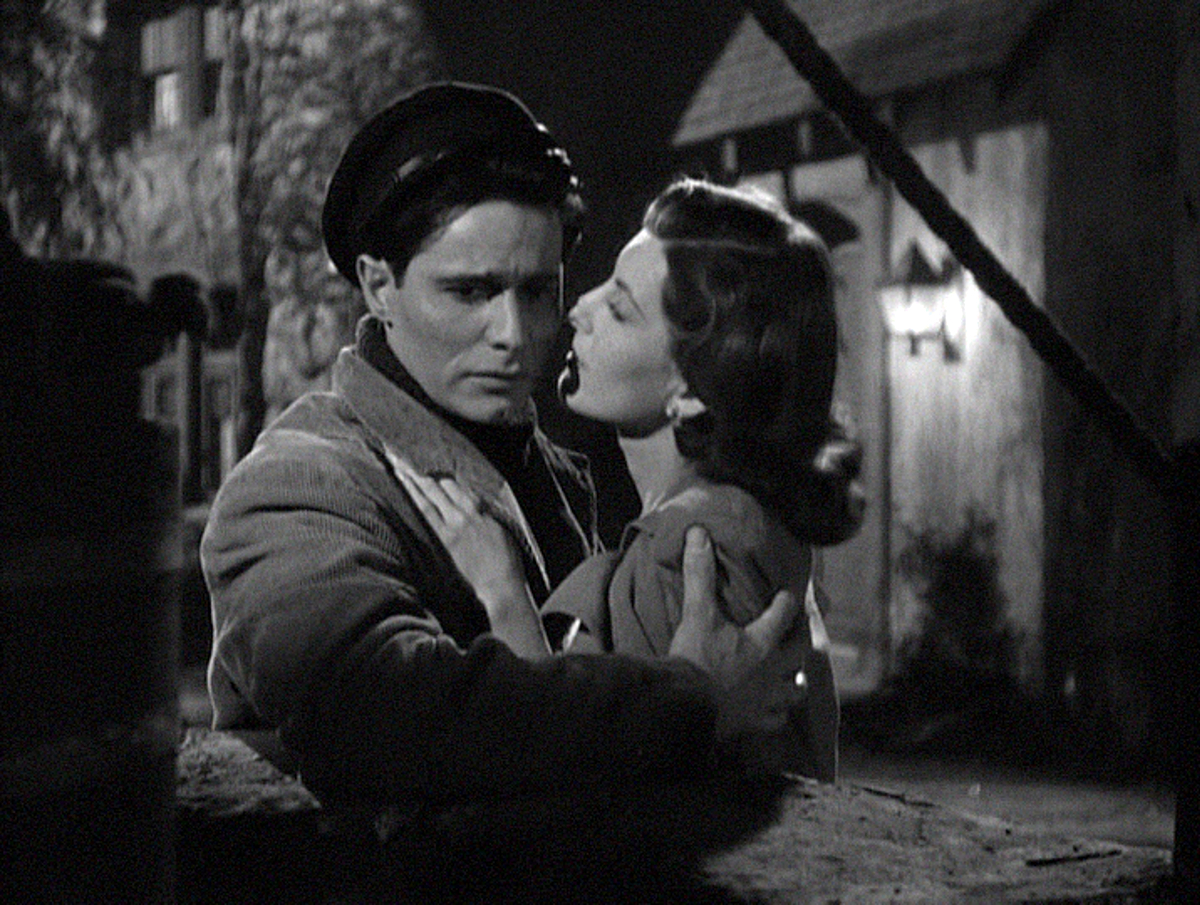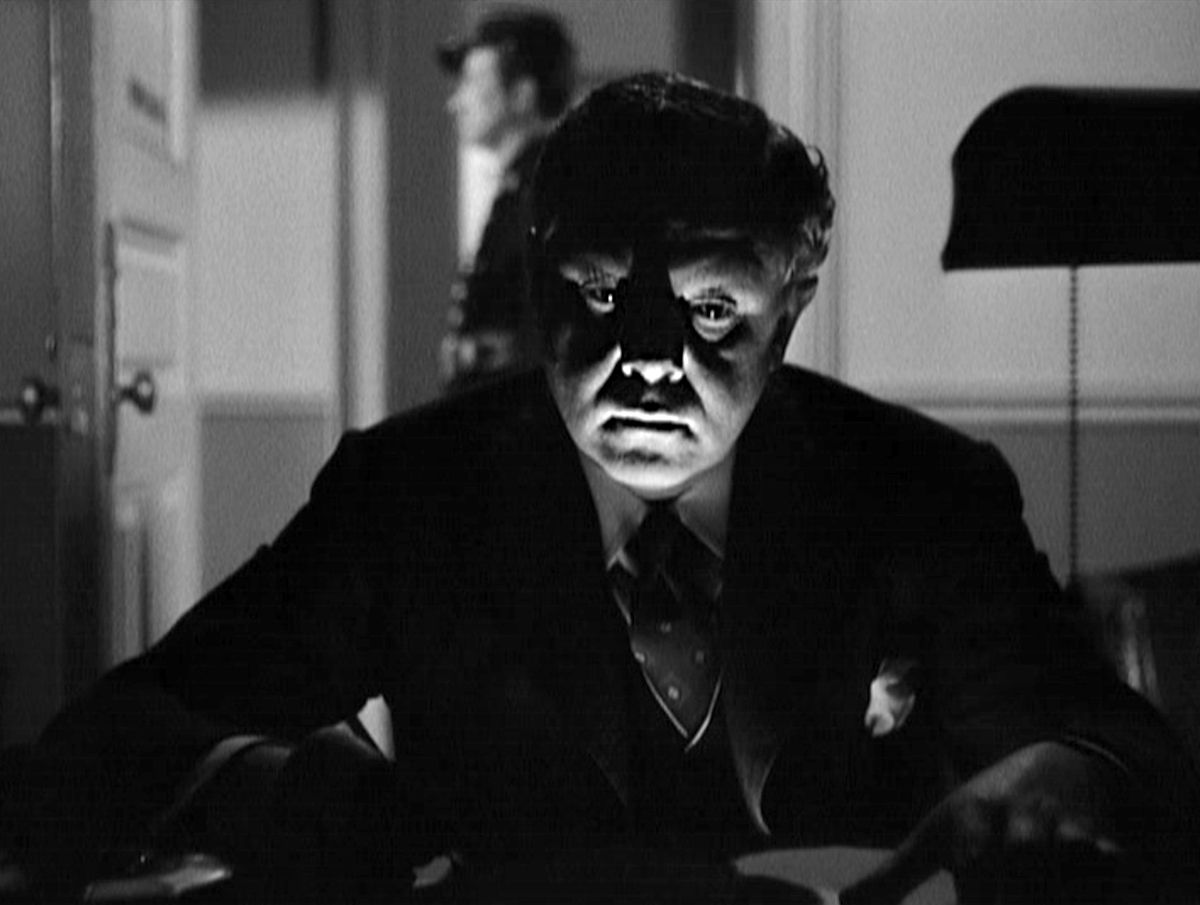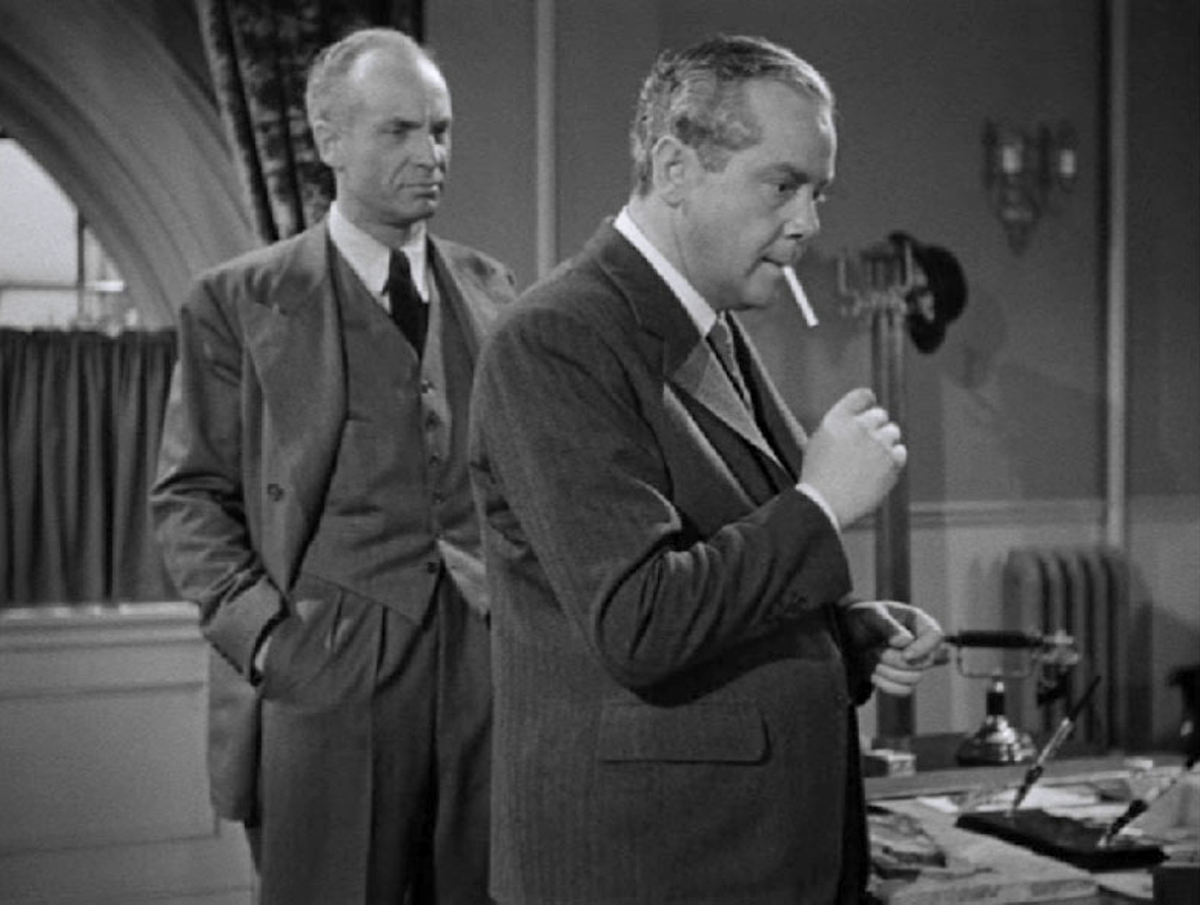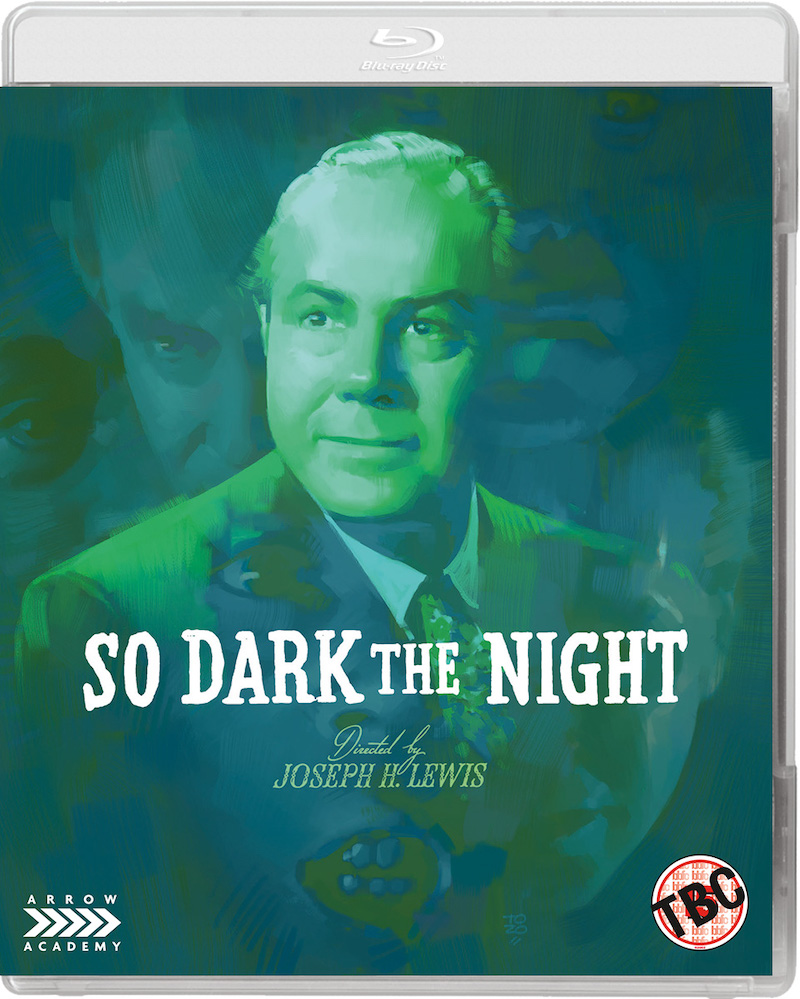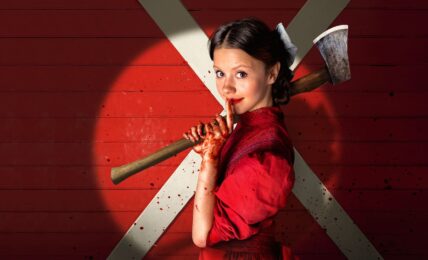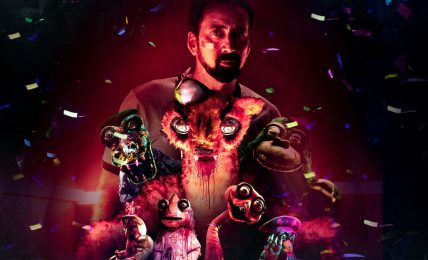SO DARK THE NIGHT (1946)
A detective takes a vacation to a small inn, where he meets and falls in love with the hotelier's daughter, who'd been betrothed to a neighbouring farmer, but on the evening of their engagement, both the fiancée and the farmer disappear...
